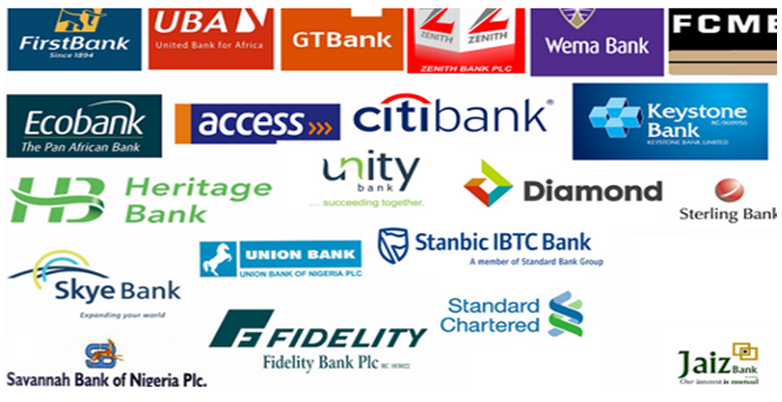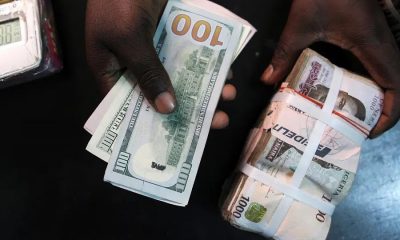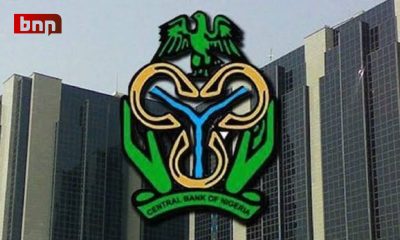Merchants and Commercial Banks’ average daily loan requests from the Central Bank of Nigeria’s Standing Lending Facility (SLF) stand at N216.34 billion for 246 days in 2017.
This is contained in 2017 activity report released by the CBN and made available to National Daily.
Out of this loan request, the Intra-day Liquidity Facility (ILF) conversion was N130.63 billion, amounting to 60.38% of the total request while the average daily interest charged was N159.96 million.
According to the report, Merchant and Deposit Money Banks (M&DMBs) requested the standing facilities to square-up their positions by borrowing from the CBN’s lending facility or depositing excess funds at the end of each business day.
However, in 2016, the average daily request for SLF was N130.47 billion in 207 days, out of which ILF conversion was N84.62 billion, while average daily interest income was N94.76 million.
The apex bank attributed banks’ rising borrowing from the CBN to tough monetary policy measures, which kept the Monetary Policy Rate (MPR)-benchmark interest rate at 14% throughout the year.
The report also showed that patronage at the Standing Deposit Facility (SDF) window, a platform for banks to place a deposit with the CBN, declined to an average daily amount of N41.90 billion for the 230 days in 2017, from N76.11 billion for the 246 days in 2016.
Similarly, the average daily interest payments on the deposits decreased to N14.86 million during the period in review, from N20.01 million in 2016. The reduction in the volume of the transaction during the year was due to tight monetary operations and the sale of foreign exchange to authorized dealers.
The report also noted the challenge of curtailing inflation, promoting increased capital inflows, and restoring the economy to the path of growth was paramount in the bank’s policy mix.
CBN also noted that it conducted liquidity management through the use of Open Market Operation (OMO) as the main instrument of monetary policy, complemented by discount window activities, CRR, and interventions in the foreign exchange market.

 Business1 week ago
Business1 week ago
 Football1 day ago
Football1 day ago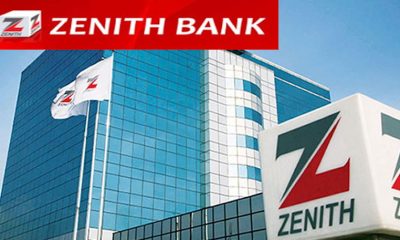
 Business7 days ago
Business7 days ago
 Education7 days ago
Education7 days ago
 Crime1 week ago
Crime1 week ago
 Covid-197 days ago
Covid-197 days ago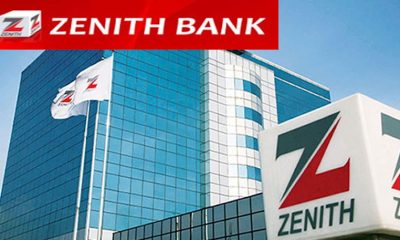
 Business1 week ago
Business1 week ago
 Latest5 days ago
Latest5 days ago
